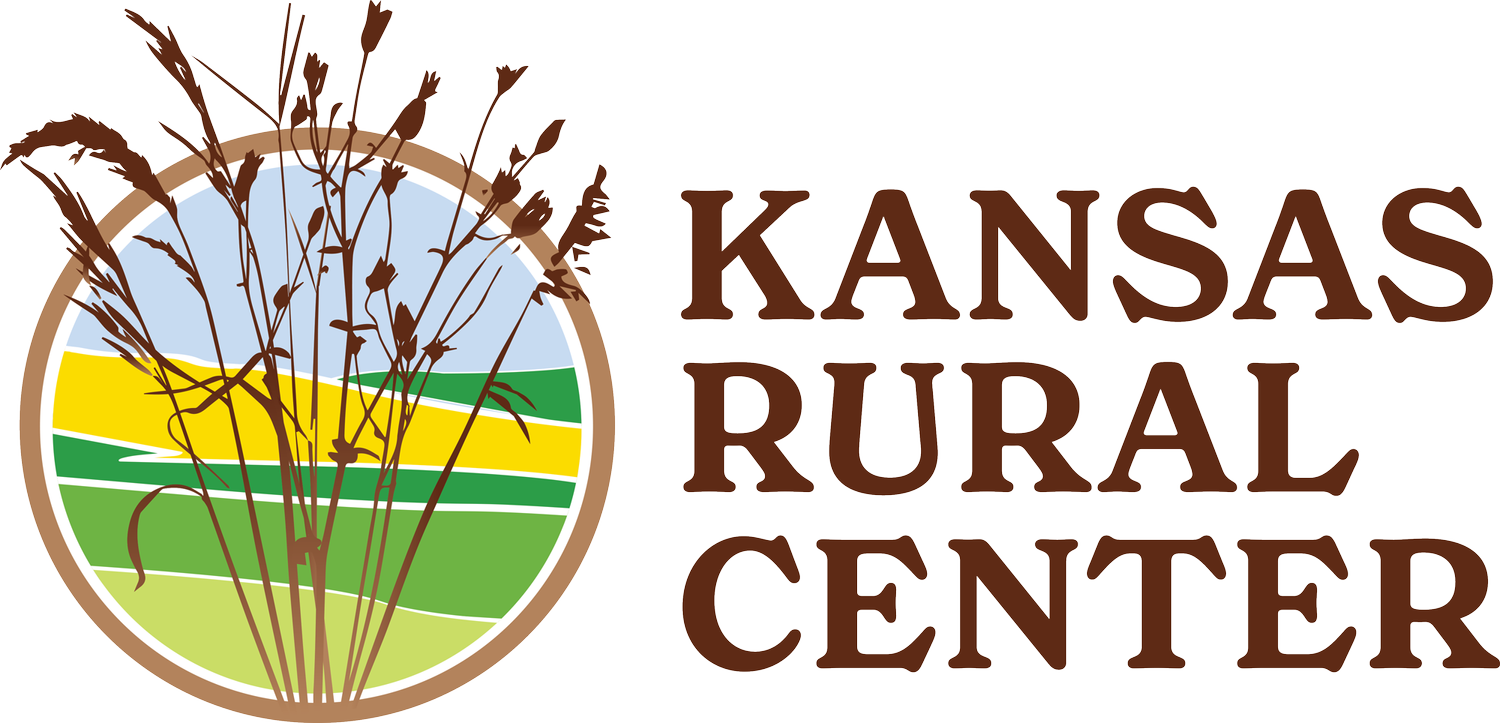Food Security and the Farm Bill
There is no legislation passed by Congress that more directly impacts the food security of our nation than the Farm Bill.
In the world’s richest country, 38 million people face hunger, including 12 million children. In Kansas alone, nearly 300,00 people struggle to know where their next meal is coming from.
The three Feeding America food banks serving Kansas—The Kansas Food Bank, Harvesters—The Community Food Network, and Second Harvest Community Food Bank—are the community’s charitable response to hunger and food insecurity. In 2021, we together provided more than 51 million pounds of food to a network of 569 pantries throughout Kansas’ 105 counties.
Karen Siebert - Advocacy and Public Policy Advisor to Harvesters Community Food Network.
But the charitable sector can’t do it alone. In fact, it’s not even close. For every one meal that a food bank provides, the Supplemental Nutrition Assistance Program (SNAP) provides nine.
With over 90% of the food assistance provided by the government through a variety of nutrition programs, a strong Nutrition Title in the Farm Bill is critical to ensuring that people have enough nutritious food to lead healthy, productive lives.
Title IV, also known as the Nutrition Title, authorizes a number of federal nutrition programs, including SNAP, The Emergency Food Assistance Program (TEFAP) and the Commodity Supplemental Food Program (CSFP), among others.
It was Kansas’ own Senator Bob Dole who spearheaded the effort in 1973 to bring together nutrition and commodity titles in one omnibus farm bill. As historians recount, it was an attempt to get more urban interests to vote for policies and budgets of importance to farmers and the agricultural community.
But that traditional view of the Farm Bill as an alliance of urban and rural interests can sometimes blind people to the fact that the nutrition title is of significant importance to the health and stability of our rural communities.
While many people think of hunger as an urban problem, poverty is actually worse in rural communities than in urban communities.
- In 2019, 13.3% of all people in rural areas lived below the poverty line compared to 10% of people in urban areas.
- Child hunger is more common in rural communities. 86% of the counties with the highest percentage of children at risk for food insecurity are rural.
- Rural communities make up 63% of counties in the United States, but 91% of the counties with the highest rates of overall food insecurity.
The economic benefit of SNAP, in particular, cannot be discounted. Every $1 dollar in federal SNAP benefits generates between $1.50 and $1.80 in economic activity directly into the community. It benefits all parts of the food chain, from farmers and food manufacturers, to truckers, grocery stores and store clerks.
And many people don’t realize that federally funded commodity programs such as TEFAP and CSFP are supporting both farmers and the charitable food system in these rural communities. TEFAP provides approximately a third of the food that flows through the Feeding America Network and CSFP provides monthly food boxes for nearly 600,000 low-income seniors around the country. Many of these resources are flowing back into rural communities.
We hope to partner with the agricultural community on policy as the Farm Bill moves forward over the next year. We want to work together with our agricultural partners to ensure that our legislators are developing policies that will create healthier communities, both urban and rural, and support both farmers and families.
Links from Karen’s Article:
Blog by Karen: Now is the time to contact your elected official about the farm bill. - https://bit.ly/3S6szdO
SNAP - https://bit.ly/3qJrv3H
Harvesters Community Food Bank - https://bit.ly/3dngvWG
TEFAP - https://bit.ly/3DsOs2z
CSFP - https://bit.ly/3UarVxD
Harvesters—The Community Food Network is a regional food bank serving a 26-county area of northwestern Missouri and northeastern Kansas. Harvesters provides food and related household products to more than 760 nonprofit agencies including food pantries, community kitchens, shelters and others. Pantries in Harvesters’ network provide food assistance to as many as 226,000 different people each month. Harvesters, which was founded in 1979, is a certified member of Feeding America, a nationwide network of more than 200 food banks, serving all 50 states. For more information, visit www.harvesters.org.
Harvesters Community Food Network currently partners with KRC in the Kansas Food and Farm Coalition that works for policy change at the state level.







